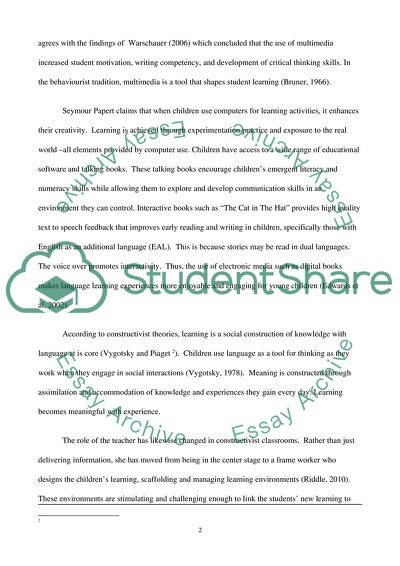Cite this document
(Multimedia as a Useful tool in Education Coursework, n.d.)
Multimedia as a Useful tool in Education Coursework. https://studentshare.org/education/1739929-multimedia
Multimedia as a Useful tool in Education Coursework. https://studentshare.org/education/1739929-multimedia
(Multimedia As a Useful Tool in Education Coursework)
Multimedia As a Useful Tool in Education Coursework. https://studentshare.org/education/1739929-multimedia.
Multimedia As a Useful Tool in Education Coursework. https://studentshare.org/education/1739929-multimedia.
“Multimedia As a Useful Tool in Education Coursework”. https://studentshare.org/education/1739929-multimedia.


